Robert Capa and Gerda Taro in Camera Turin
Photo exhibition in Camera - Centro Italiano per la Fotografia
Date: 14. 2. 2024 — 2. 6. 2024
Place: Camera, Turin - Italy
Our rating: 🞲🞲🞲 (3/3) — EXCELLENT
CAMERA presents a major exhibition that recounts with about 120 photographs one of the crucial moments in the history of 20th-century photography, the professional and emotional relationship between Robert Capa and Gerda Taro, which was tragically interrupted with the photographer’s death in Spain in 1937.
“The Spanish Civil Was is considered to be the first ‘photographic’ war in history. In the mid-1920s, the first portable cameras were put on the market, allowing them to be carried easily to the front lines.” With these words starts the photography exhibition Robert Capa and Gerda Taro: Photography, Love, War at the Camera gallery in Turin.
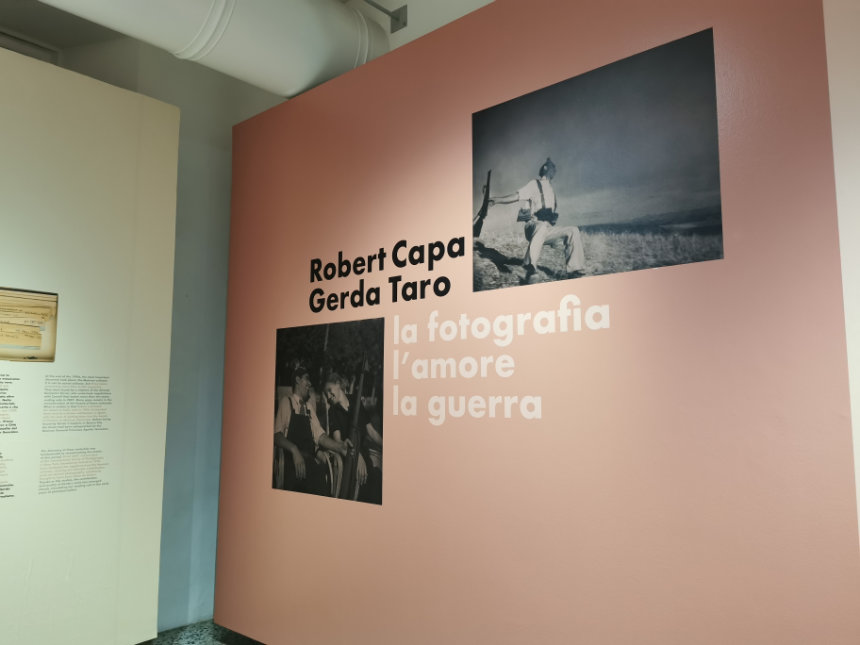
As an Hungarian and a German artist, Endre Ernő Friedmann and Gerta Pohorylle, fled their countries when Nazis rose to power in 1933. They met and fell in love in Paris, when in exile, Erdre was commissioned by a Swiss life insurance company to create publicity images for their advertising brochure. In search of prospective models, he approached a young Swiss refugee, Ruth Cerf, in a café on the Left Bank and persuaded her to pose for him in a Montparnasse park. Ruth, however, is not entirely convinced by the scruffy young charmer and therefore decides to bring along her friend Gerta Pohorylle, a petite redhead with a winning smile and a confident manner. This marks the beginning of the most celebrated relationship in the annals of photography, encompassing radical politics, bohemianism, and courage.
In October 1935, Pohorylle started working at Maria Eisner’s Alliance Photo as a picture editor. She also learned to take photos to get legal status. The French authorities were granting residency to photojournalists at the time, and she got her first accreditation on 4 February 1936. The document gave her resident status in France and allowed her to work as a photojournalist.
Friedmann is today best known as a war photographer and co-founder of Magnum Photos, but it was Pohorylle who launched his career. She and Friedmann made up a story about Friedmann being the agent of photographer Robert Capa. She introduced pictures by the American Capa to Alliance in the hope of higher royalties, but Eisner recognised his work and offered him a lower advance.
Both took news photographs and sold them. Capa was a name used for the non-existent American photographer Robert Capa. It was a convenient name that overcame political intolerance in Europe and was attractive for the American market. Capa was derived from Friedmann’s Budapest street nickname “Cápa”, which means “Shark” in Hungarian. Friedmann kept the name “Capa” for his own, while Pohorylle used “Gerda Taro” after Tarō Okamoto and Greta Garbo. The two worked together to cover the events surrounding the Popular Front in 1930s France.
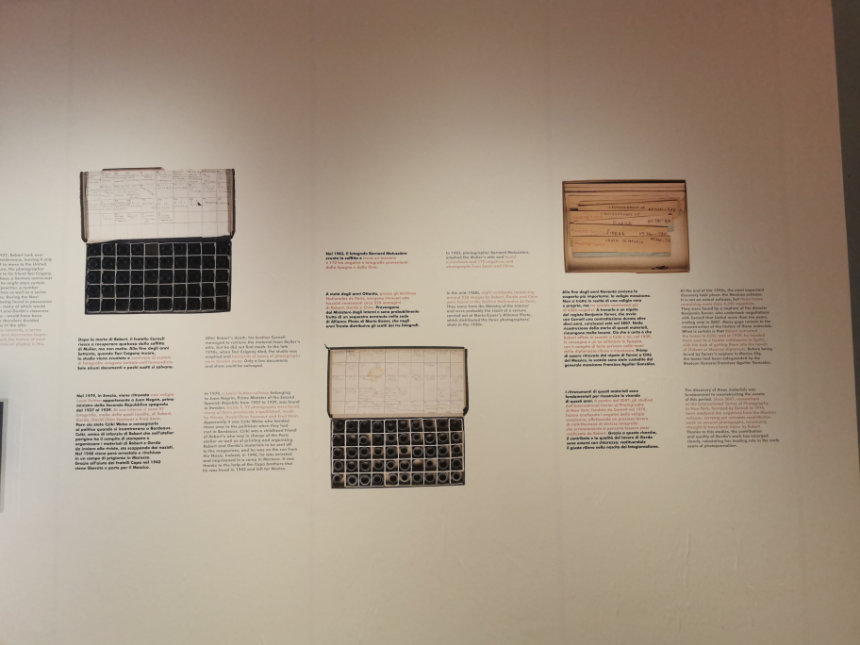
It was until 2007 that so-called mexican suitcase (three boxes filled with rolls of film, containing 4,500 35mm negative) was discovered. The suitcase and the negatives are currently held at the International Center of Photography in New York City. In the process of cataloguing the collection, numerous photographs previously attributed to Capa were identified as Taro’s, thereby facilitating a more comprehensive comprehension of her role in photojournalism. In her assessment of the contrast between their respective styles, curator Kristen Lubben observed that Taro’s images were characterised by a greater degree of compositional control, with a tendency towards more structured camera angles. Capa was more inclined to capture movement.
The couple arrived in Barcelona on 5 August 1936, just two-and-a-half weeks after the outbreak of war. Taro had never been to Spain before and the atmosphere in these early days was absolutely electric! One of their first stories was to document a group of militiawomen, who were members of the Unified Socialist Party of Catalonia (the Catalan branch of the Communist Party of Spain), training on a nearby beach. It was a truly unique sight to behold these women, dressed in overalls and armed with guns, in a society that was otherwise highly conservative. In one incredible image, Taro captures a young militia member, wearing heels and crouched down on one knee, aiming a pistol into the distance.

Taro was driven by a burning desire to raise awareness of the plight of Spanish civilians and the soldiers fighting for liberty. Her deep connection to those she was documenting is evident in her work; the longer she spent in Spain, the more she immersed herself in the conflict. In May 1937, Taro produced a series of haunting photographs that capture the terrified civilian population who endured the nightly bombardments of Valencia. Two months later, Taro documented the biggest republican offensive yet: The Battle of Brunete. She threw herself into the heart of the action, compelled to experience the conflict first-hand. The experience sealed her reputation as a photojournalist but it also marked the end of her remarkable career. On 26 July 1937, Taro was wounded by an out-of-control tank while hitching a lift back from the front; she died the following day in hospital from her injuries. In less than a year, she made an incredible impact on the history of war photography.
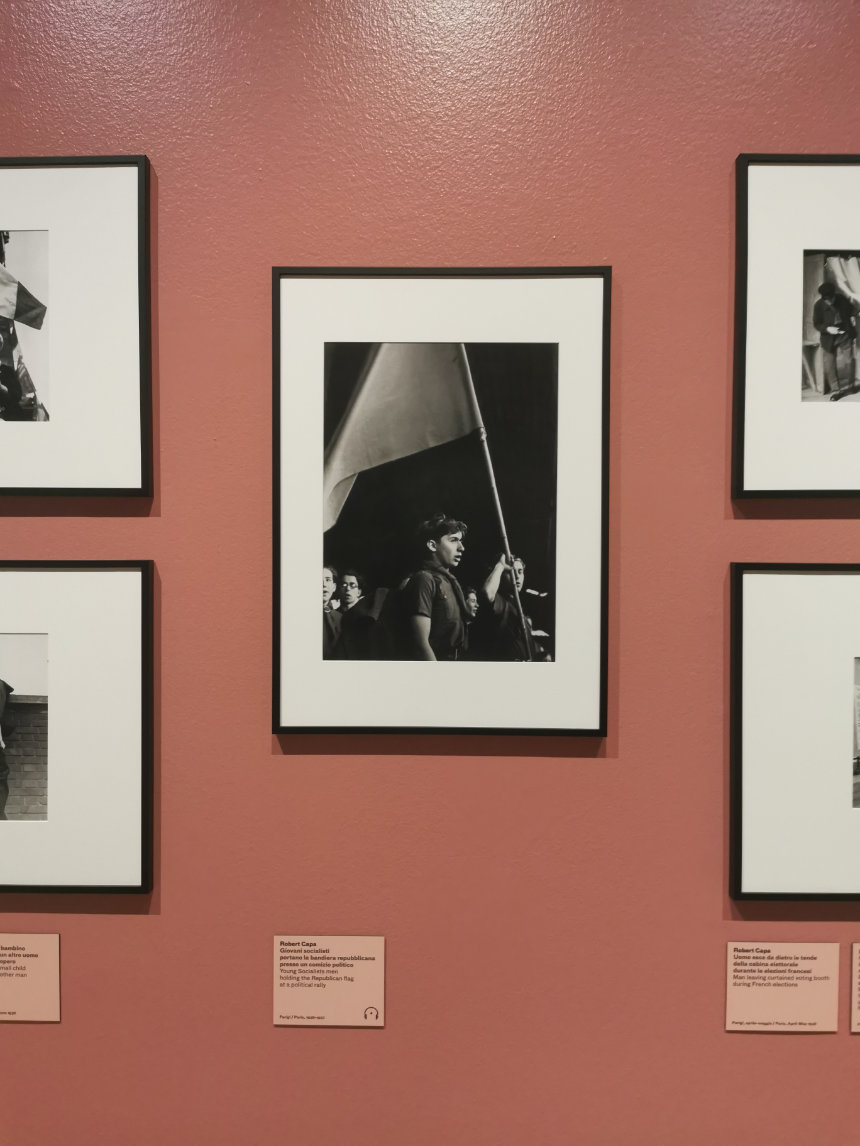

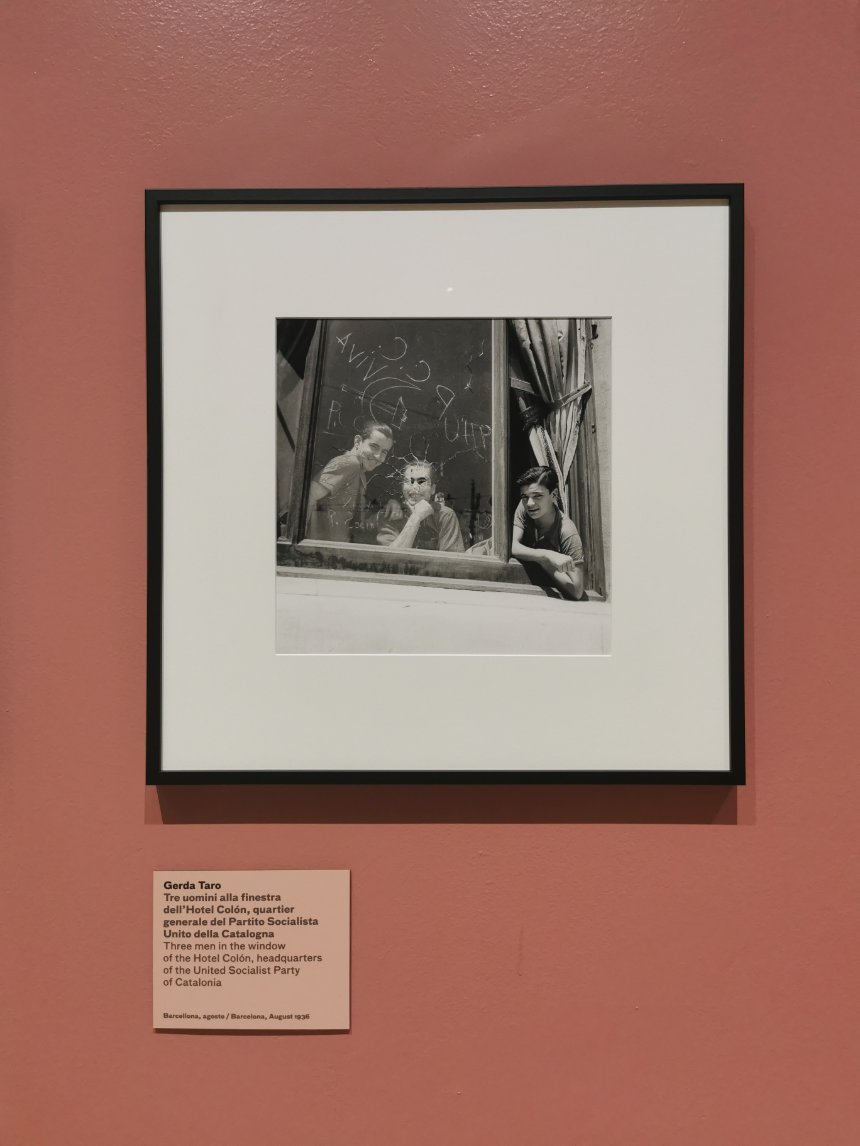
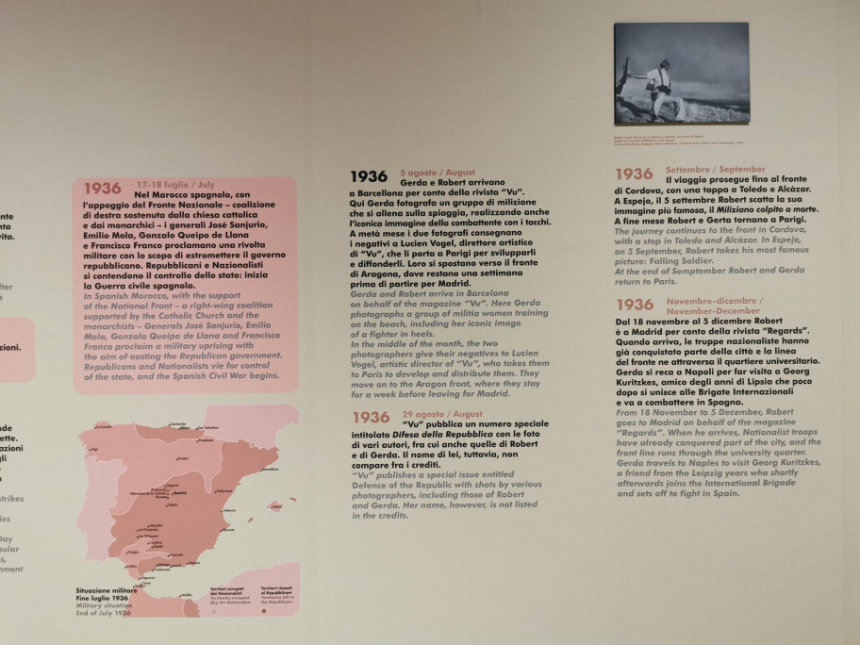
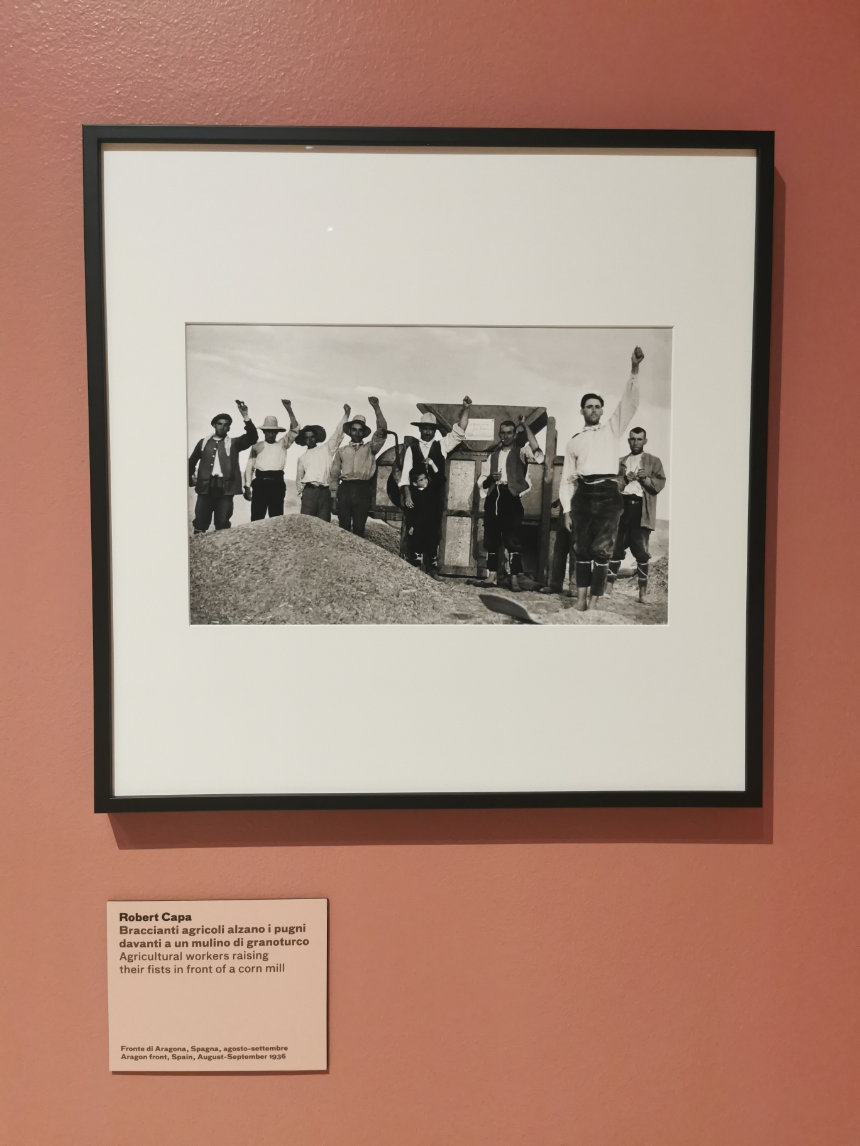
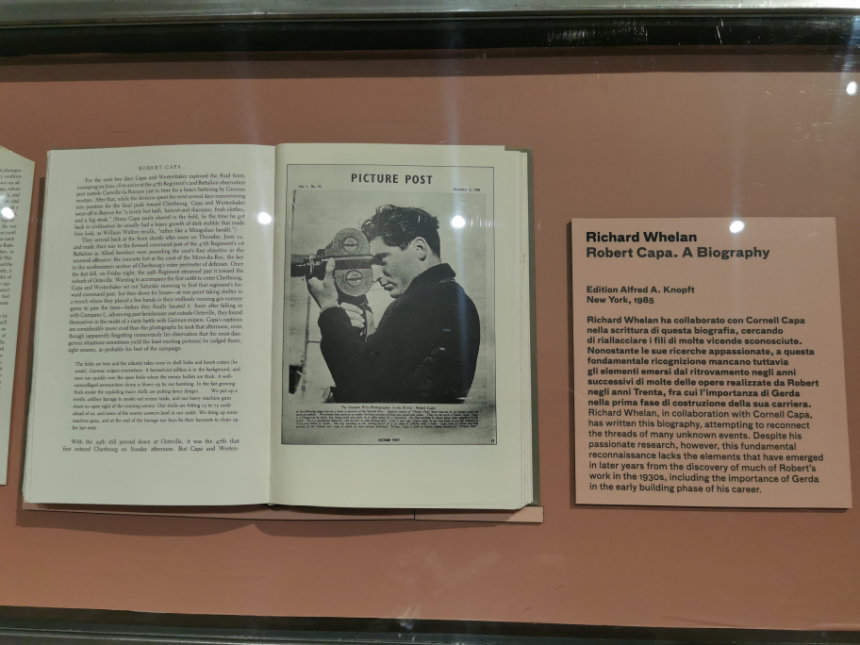
“No tricks were needed to take pictures in Spain. All you had to do was set up the camera. The photos were there for the taking. The truth was always the best image, the best propaganda.”
Robert Capa
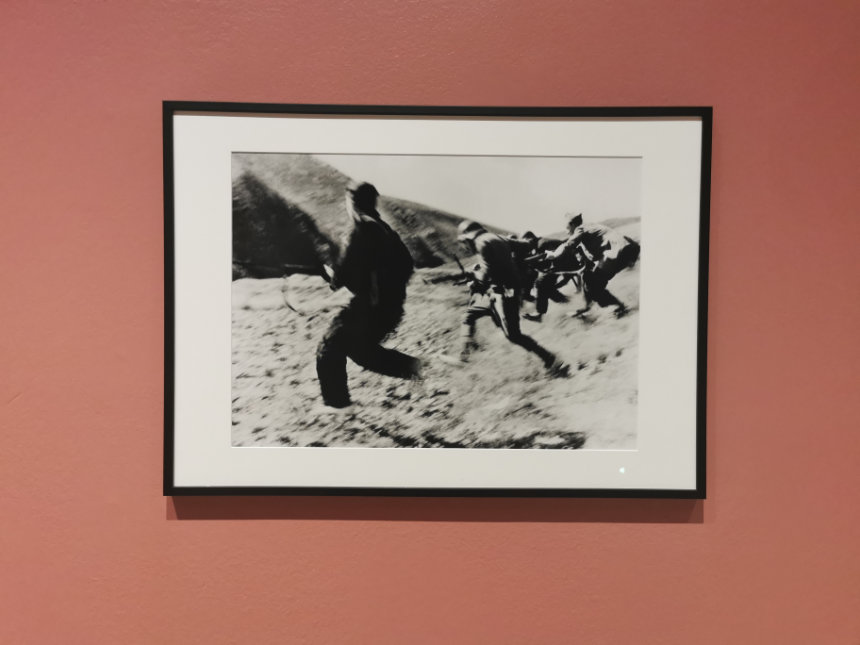
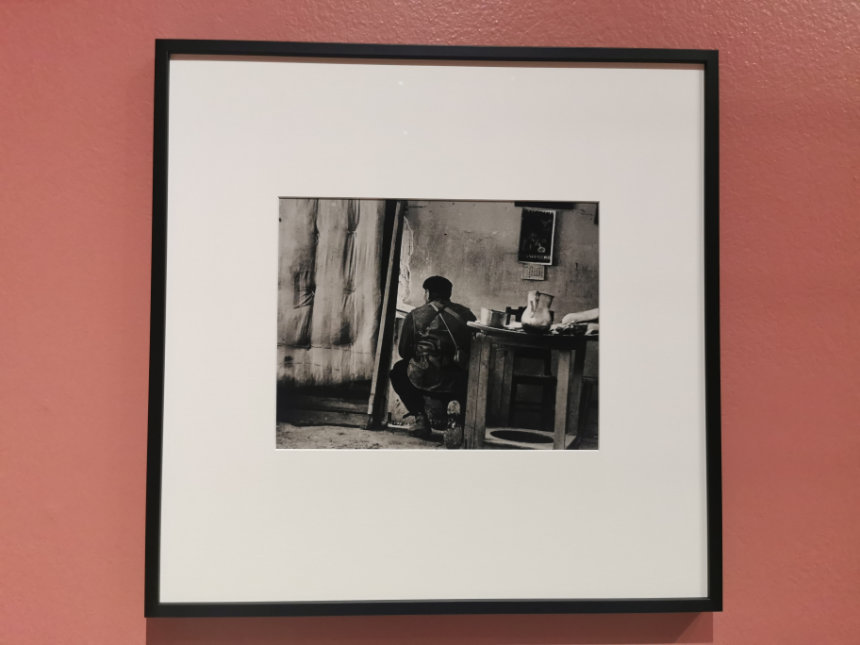
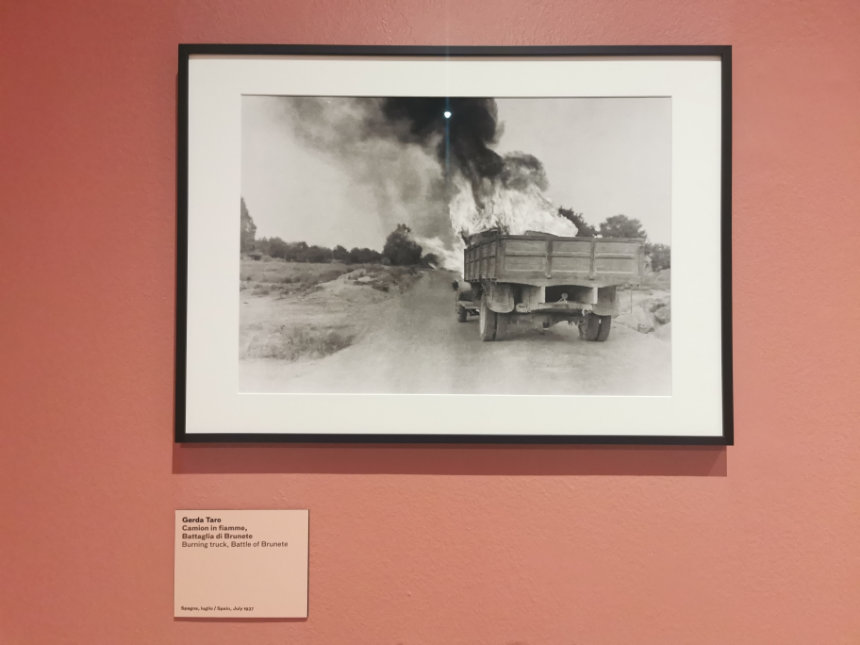
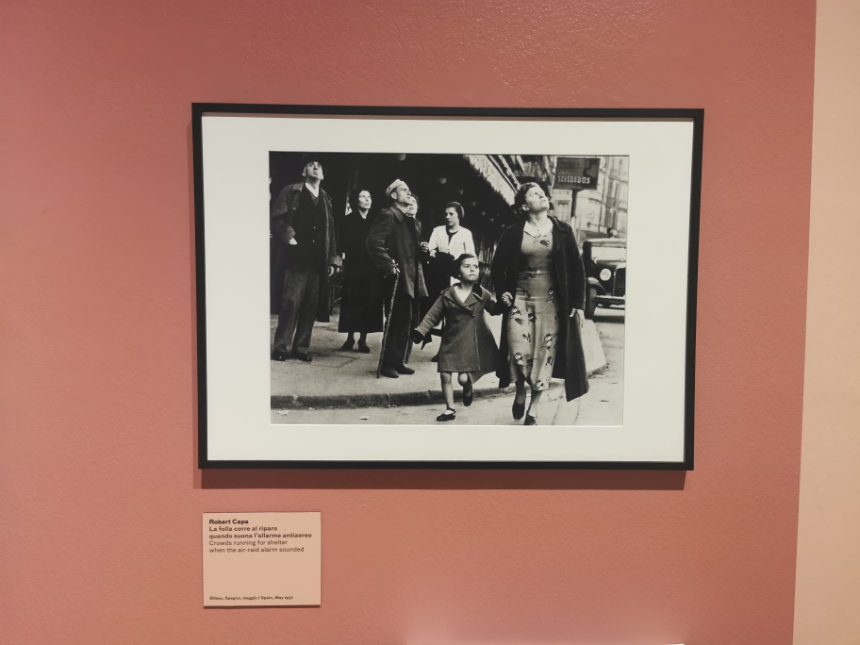
If you get the chance to visit Camera, we’d highly recommend it.
Follow us on Instagram to get the latest updates.